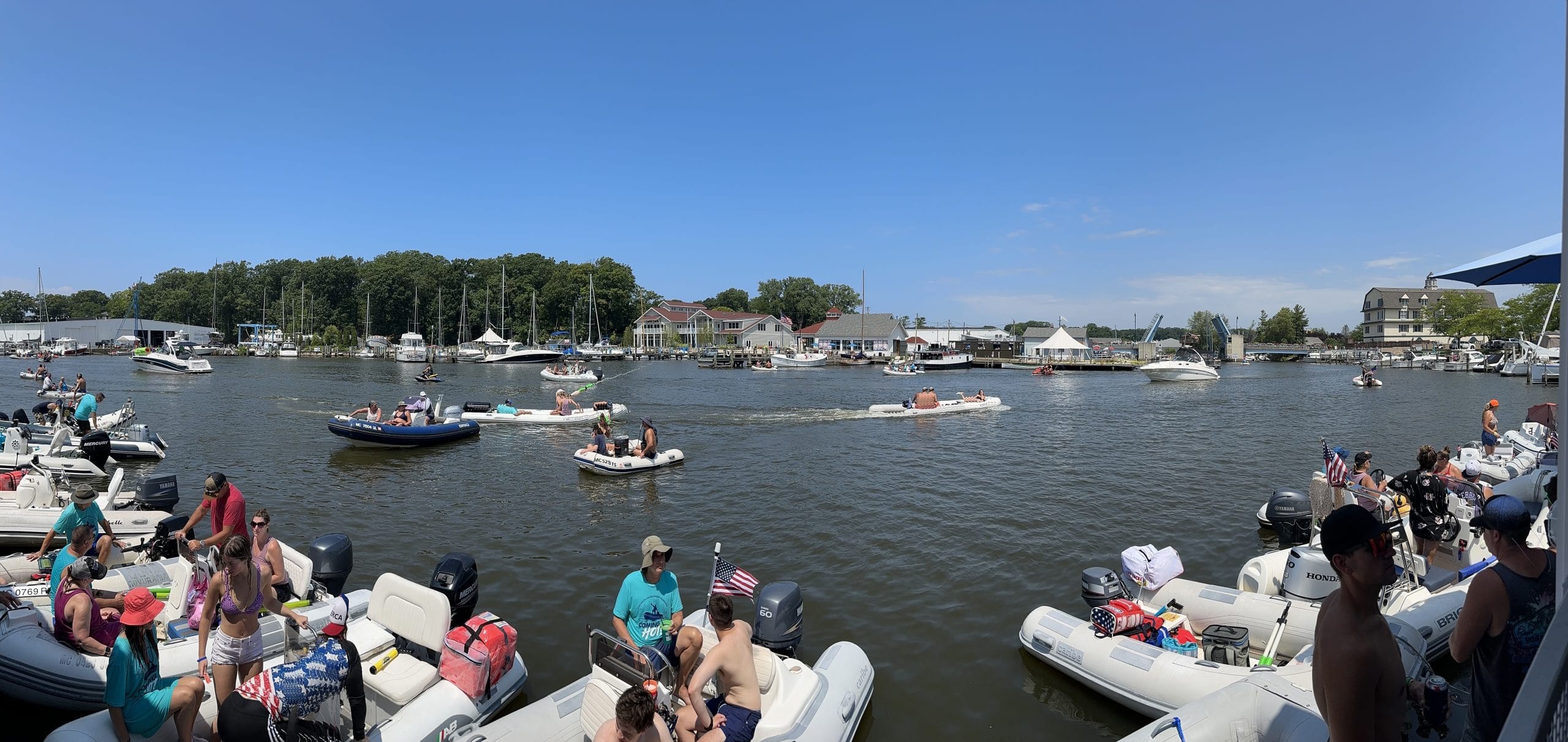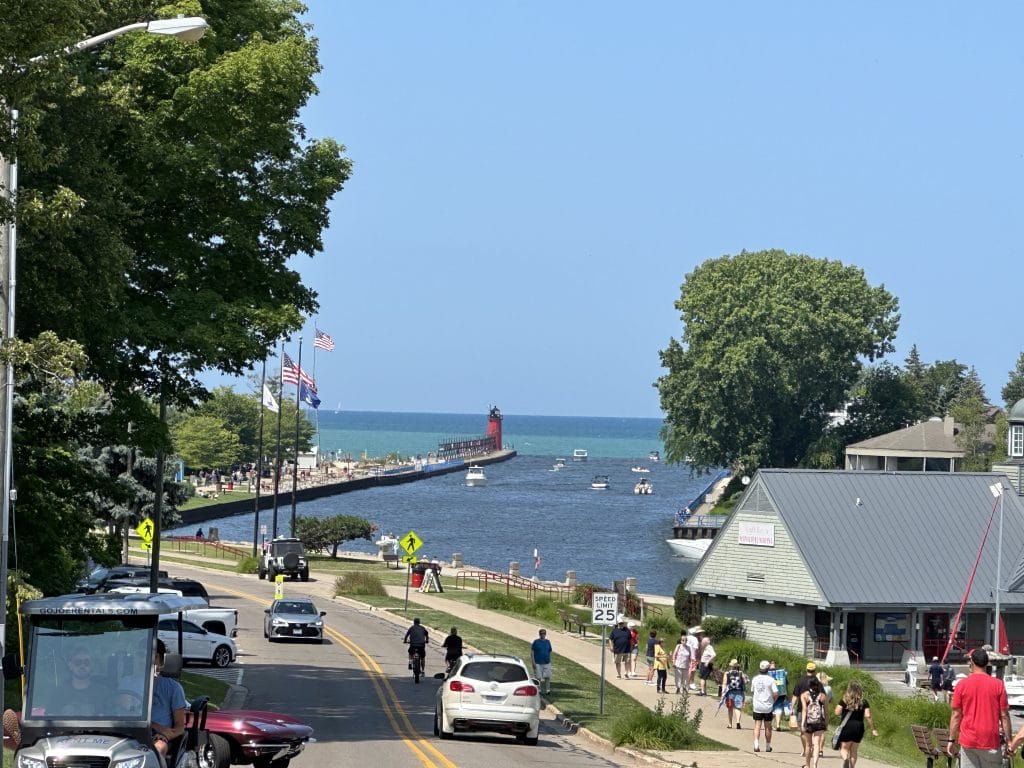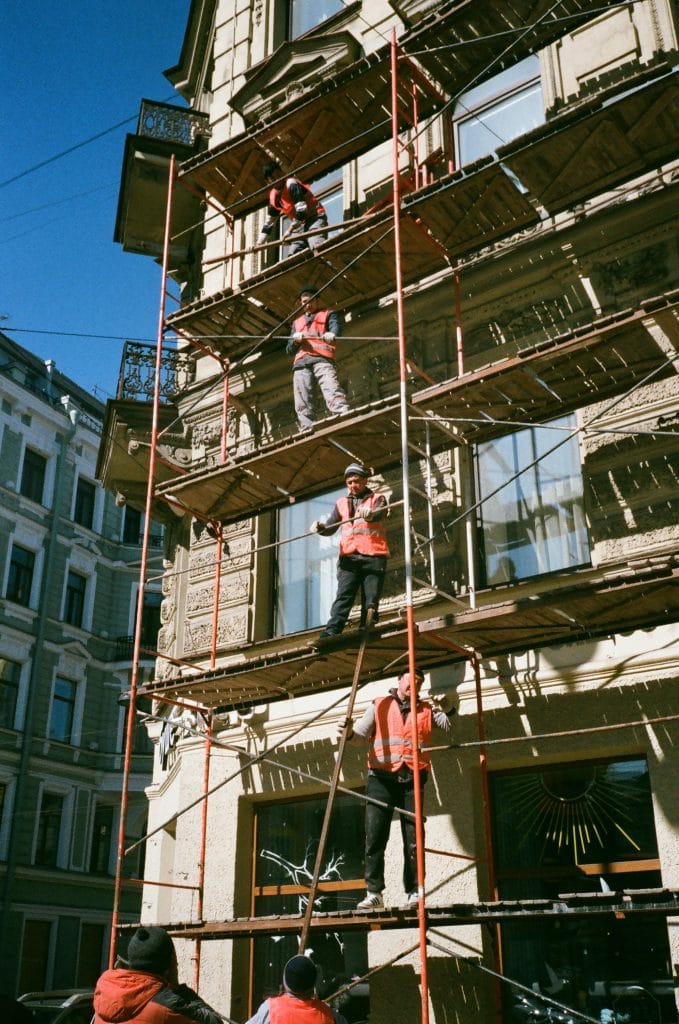Michigan’s Great Lake “HOMES”
- Last week, like many Texans, I escaped the heat and left Austin for Michigan.
- I was lucky enough to spend a week on beautiful Lake Michigan.
- Lake Michigan is a terrific place to spend a summer vacation.
This is going to be a little bit different article this week. But I thought it’d be fun to introduce some Texas folks to the wonders of Michigan in the summer. In case you are unaware.
It’s a brutal time in Texas. This summer has been punishingly hot. I don’t know how many 100-degree days in a row we have had – but it’s a lot. And the thing about Texas in the summer is – a lot of people leave. They go to cooler places where they can bypass the hot Texas sun. Especially now that remote work has become so much more convenient.
Well last week I was one of those that fled our Lone Star state. I went back to the place I grew up (sort of) and spent some time on Lake Michigan. And it was fantastic.
Vacationing in Michigan is Terrific
As we all learned in grade school – Michigan is surrounded by the Great Lakes. Remember HOMES? Huron, Ontario, Michigan, Erie, Superior. Maybe that’s just a thing you learn growing up in Michigan.
Anyway, Lake Huron is on the east side of the state, Superior to the north, and beautiful Lake Michigan is on the west side. If you have not been up there before, the lakes are called Great for a reason. They are enormous. And have white sand beaches. As a result, they are very popular in the summer for vacationers.

Lake Michigan is especially popular because it is on the west side. And, as a result, you get to see the sunset while looking out over the water. It really is beautiful. And on top of that, the weather is terrific. For example, when I was there last week, it hovered in the mid 70s during the day and low 60s in the evening.

It is a Very Popular Destination
All of the factors above combine to make Lake Michigan a very popular vacation destination. In the summer. The winters stink.
But because this area is so popular in the summers, small towns have formed all up and down the coast. From New Buffalo in the south along the Indiana border to beautiful Petoskey just south of the Mackinac Bridge, there are lots of small towns for shopping, dining, and drinking.

This trip, we were just outside of Saugatuck, Michigan – which is a small lakeside town an hour west of Grand Rapids. Its known for its art and social life. And it’s a very fun place to spend a few days.
Of course, as a real estate guy I couldn’t help but look at what the homes along Lake Michigan sell for. And they are, unsurprisingly, fairly expensive. I mean, it obviously varies depending on where along the coast you are. But you can likely expect to pay $500 per square foot at least. And often far more than that, depending on the condition of the house. As a result, my family and I use Airbnb Lake Michigan House Suggestions and just stick to the rental markets.
Anyway, this post probably sounds more like an advertisement for the Michigan Tourism Board. And maybe they will throw a few bucks my way. Its Pure Michigan.
But for those who haven’t been up there, I hope you enjoyed this quick look at a great place to take a vacation – in the summer.



